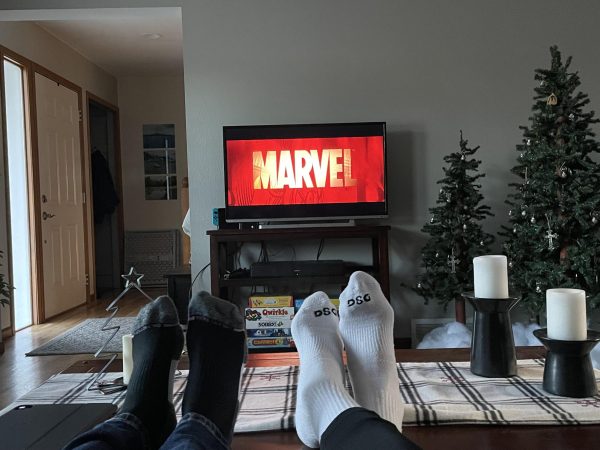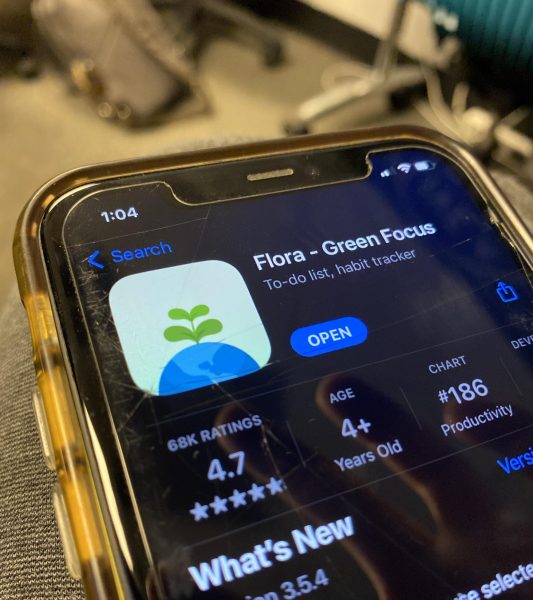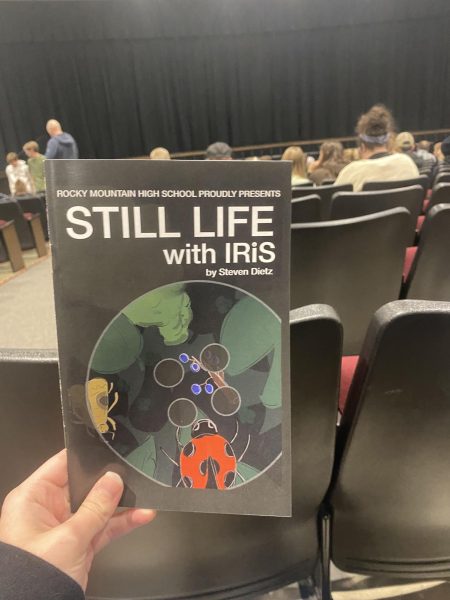The Prominence of YouTube
A mere 13 years ago three early PayPal employees came out with an idea that would ultimately become the 2nd most visited website in the world. In 2005 Chad Hurley, Steve Chen, and Jawed Karim wanted to find a way to share their videos from a dinner party. In their free time they worked on developing this website. Their goal was to allow others to “broadcast themselves.”
After a $20 million investment in 2005, the website was allowed to flourish. In October of 2006 Google bought the company from three young entrepreneurs for $1.65 billion in Google stock.
As the YouTube community adds more and more content the users skyrocket. Out of 20 students interviewed at Rocky, 19 said that they use YouTube at least once a day. In February 2017, one billion hours of YouTube were watched every day.
People have found that they don’t only have to watch people’s personal videos, but can watch clips from popular episodes of many TV shows. As of now, almost any show has popular scenes on YouTube. Many days you will see clips of Saturday Night Live or John Oliver’s Last Week Tonight trending.
YouTube’s annual revenue has reached $10 billion and is increasing by as much as 40% a year. The reason for this boom in popularity is variety. Sophomore Campbell Fanning said his favorite part of YouTube is, “There is so much to watch…you catch yourself using it for hours.”
Because TV networks are driven by ratings, these networks have to appeal to as wide an audience as possible. As a result, the variety of programs can’t always provide a diverse field of shows. Sophomore Miguel Jacobo said, “I find myself always watching YouTube in front of the TV…it’s just more interesting.”
Everyone has their own interests, leaving some groups of viewers underrepresented. In contrast, YouTube is, for the most part, an open platform, allowing anyone to upload what they want without the restrictions of TV networks.
One of the most popular facets of YouTube today is streaming. In March 2010, YouTube became the first website to begin free streaming of certain content, including 60 cricket matches of the Indian Premier League. This was the first worldwide free online broadcast of a major sporting event.
Virtually anyone can contribute content to YouTube freely, but they can also directly engage with a community in a way that is not possible with TV. YouTube is much more than just an online video gallery; it’s also a social network.
Not only does YouTube allow users to subscribe to channels, rate videos, and communicate with other users, it also runs on advertising in order to offer the service for free.
Furthermore, the platform recommends videos to users based on their viewing habits, so it’s a tailored experience. This element of interaction and the ability to shape our experience offers something completely different to traditional TV.
Of course, TV is still prominent, but the times are changing. viewers are starting to see a shift in the way they consume media and YouTube is growing in popularity over traditional TV.
Your donation will support the student journalists of Rocky Mountain High School - CO. Your contribution will allow us to purchase equipment and cover our annual website hosting costs.

Evan Johnson is a sophomore at Rocky Mountain High School. He plays baseball and enjoys spending time with his friends. He is always trying to lighten...






